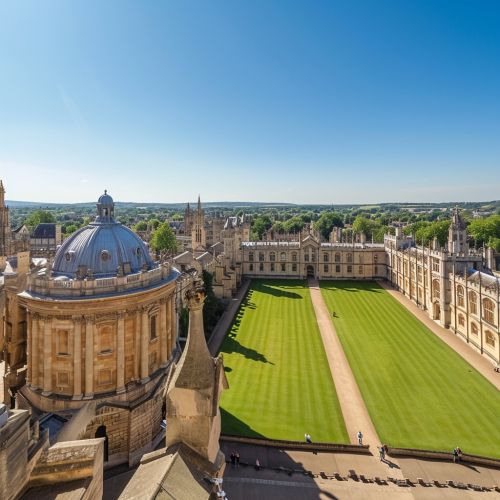Ancient universities of Scotland
Origins and History
The ancient universities of Scotland are distinguished as being among the oldest seats of learning in the world. The four universities, namely the University of St Andrews, the University of Glasgow, the University of Aberdeen, and the University of Edinburgh, were all founded during the late Middle Ages and the Renaissance period.

The University of St Andrews, established in 1413, is the oldest of the four and indeed the third oldest university in the English-speaking world. It was founded by a Papal Bull issued by Pope Benedict XIII. The university was initially a corporation of teachers (or regents) and students (or matriculants) which aimed to provide instruction in the liberal arts, law, medicine, and divinity.
The University of Glasgow was the second of the ancient universities to be founded, in 1451, by a Papal Bull issued by Pope Nicholas V at the request of King James II. The university originally started in the cathedral school of Glasgow, and it was not until 1460 that it was endowed with lands and income by Lord Hamilton.
The University of Aberdeen was founded in 1495 by William Elphinstone, Bishop of Aberdeen and Chancellor of Scotland. The University was originally known as King's College, Aberdeen. It was intended to train doctors, teachers and clergy for the communities of northern Scotland, and lawyers and administrators to serve the Scottish Crown.
The University of Edinburgh, the youngest of the ancient universities, was founded in 1582 by a Royal Charter granted by James VI. Unlike the other three ancient universities, which were founded by Papal Bulls, the University of Edinburgh was established by a Royal Charter.
Governance and Curriculum
The ancient universities of Scotland followed a unique pattern of governance and curriculum that set them apart from other universities of the time. The governance was often shared between the teaching staff (the 'regents') and the students (the 'matriculants'). This system created a distinctive character among the ancient universities.
The curriculum at the ancient universities was also distinctive. Unlike the universities in England, the Scottish universities maintained a curriculum that was much broader and more flexible. The curriculum was based on the liberal arts model, with the first two years of study focused on a broad range of subjects, followed by more specialized study in the final years.
Influence and Impact
The ancient universities of Scotland have had a profound impact on the development of education, not only in Scotland but also throughout the world. They have produced a number of notable alumni, including several Nobel laureates, prime ministers, and other significant figures in various fields.
The ancient universities have also played a significant role in the Scottish Enlightenment during the 18th century, which was characterized by an outpouring of intellectual and scientific accomplishments. The universities provided the intellectual foundation for this movement, which had a profound impact on many aspects of modern Western society, including science, economics, philosophy, and literature.
Current Status and Modern Role
Today, the ancient universities of Scotland continue to play a significant role in the field of higher education. They are renowned for their research and teaching, and they continue to attract students from all over the world. Despite their age, these institutions have managed to adapt to the changing times and continue to contribute to the advancement of knowledge in various fields.
